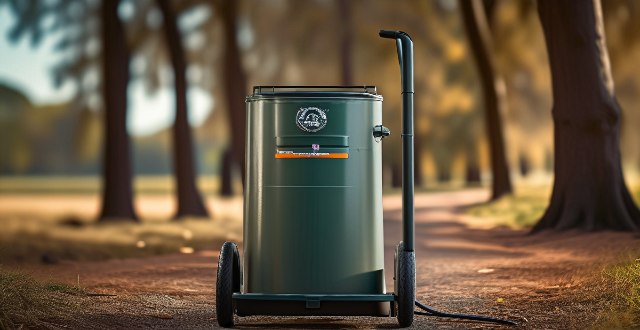Huawei's SuperCharge technology enables rapid charging and can generally be used while the device is in use, without requiring the screen to be off. However, users should ensure that their charging setup is clean and undamaged to maintain efficiency and safety. Additionally, using the device extensively during charging could affect charging speeds due to increased power demands. It is essential to use compatible Huawei-provided or certified chargers and cables to guarantee compatibility and avoid potential damage to the device. Understanding how to identify SuperCharge mode and avoiding overcurrent chargers are also crucial for optimal and safe charging.

Huawei's SuperCharge can generally be used while the device is in use, without requiring the screen to be off.
Huawei's SuperCharge technology is designed to provide rapid charging for supported devices, reducing the amount of time a user needs to leave their device plugged in. A key feature of Huawei SuperCharge is that it is built around a "low voltage, high current" approach, which aims to reduce heat generation and improve the efficiency of charging compared to traditional methods. By doing so, it allows the device to be used while charging, though there are some nuances and precautions to consider.
SuperCharge adapters and cables are engineered to support the higher current demands, which in turn should minimize potential safety concerns related to using the device while charging. However, users should ensure that their charging setup, including the charger, cable, and port, are clean and free from damage to maintain the charging efficiency and safety. If a damaged charger or data cable is being used, not only could it impede the fast charging process, but it could also pose a risk when using the device during charging. Therefore, it's crucial to periodically check for any visible wear or damage on both the charger and cable.
Moreover, although Huawei SuperCharge is designed with features to optimize charging while the screen is on, it is important to note that using the device extensively during charging, especially for power-intensive activities like gaming or video playback, could potentially affect charging speeds due to additional power demands. This might not exactly pause the SuperCharge mode but could prolong the charging duration as the battery charges against ongoing power usage.
In terms of compatibility, it is essential to use a Huawei-provided or certified SuperCharge charger and cable to ensure full compatibility with your device. Using third-party chargers and cables that do not support the required standards may prevent the device from fast charging entirely or, worse, lead to damaging the device.
Furthermore, it is beneficial to understand how to identify whether your device is indeed charging with SuperCharge. According to EMUI's indicators, when connected to a SuperCharge charger, the battery icon turns grey. It's also important to know that the maximum charging power depends on the device's support; for instance, if a smartphone supports up to 10V/4A SuperCharge, the maximum charging power would be 40W. Using an overcurrent charger, on the other hand, could potentially harm the phone battery in the long run.
In conclusion, while Huawei's SuperCharge technology does allow for the use of the device while charging, users should exercise caution regarding the condition of their charging equipment and monitor the type of activities they engage in to avoid excessively taxing the charging system. Additionally, ensuring to use the correct charging accessories and understanding how to recognize the charging modes can contribute to an optimal and safe charging experience.